Gallienus: Rethinking the Reign of a Burdened Roman Emperor
Introduction
In the vast landscape of Roman history, punctuated by the grandeur of Caesar and Augustus, there lies a tapestry of emperors whose contributions and struggles are often overshadowed by the more triumphant narratives. One such emperor is Gallienus, whose reign from 253 to 268 AD was marked by relentless challenges and a relentless pursuit of stabilization for an empire fraying at its edges. Frequently dismissed as ineffective due to his inability to completely fend off external threats and internal dissent, a closer examination of his tenure reveals a reflective transformation that planted foundational changes for future leaders.
A Time of Crisis
Gallienus ascended to power during a period dubbed by historians as the Crisis of the Third Century, a sociopolitical and economic turmoil profoundly jerking the Roman Empire. This era was characterized by successive military invasions, rampant internal rebellion, fiscal collapse, and the rotation of numerous emperors who rose and fell amid the chaos. Gallienus's tenure as co-emperor with his father, Valerian, and later as the sole ruler after his father was captured by the Persians in 260 AD, added layers of complexity to his rulership.
Upon becoming the singular authority of Rome, Gallienus was greeted not by stability, but by an empire teetering dangerously on the brink of disintegration. The northern territories faced continual threats from the Germanic tribes, while the eastern front sagged under the pressure of Persian incursions. Furthermore, the Roman Balkans simmered with unrest, and burgeoning separatist movements in Gaul and the East demanded immediate and adept leadership. Yet, even amid such tumult, Gallienus set out to redefine his realm with a focus that transcended mere survival.
Military Reforms and Innovations
One of Gallienus's most significant contributions to the Roman Empire was his insightful reassessment and reforms of the military structure. Acknowledging the frailty of Rome's traditional legions when confronting swift-moving invaders, Gallienus implemented a cavalry-oriented military strategy. He stationed mobile horsemen at strategic locations, enabling rapid deployment to repel invasions more effectively. This strategic shift not only enhanced the empire’s defensive capabilities but also influenced future military exercises and paved the way for the eventual prominence of the cavalry during the Late Roman Empire.
Moreover, Gallienus recognized the futility of the divided command system prevalent during his time. He embarked on transforming the military hierarchy, appointing trusted generals as supreme commanders of significant frontiers. This step towards centralization improved coordination and accountability, marking a landmark shift in military governance.
Cultural and Administrative Reforms
Beyond the military arena, Gallienus's reign marked an era of quiet cultural flourishing, propagated not from grandiose architectural ventures, but from a subtler emphasis on arts and intellectual pursuits. His preference for philosophy, culture, and the arts, coupled with policies that somewhat eased tensions between traditional pagan practices and burgeoning Christian movements, painted him as a ruler favoring cultural cohesion over civil strife.
Administratively, Gallienus took concrete steps to tackle the empire’s economic instability. His tenure saw an emphasis on consolidating power in Rome, cutting through the multiplicity of regional authorities that often worked at odds with the central governance. Through these measures, he aimed to reinvigorate trade and strengthen the economy, although his efforts were frequently thwarted by persistent inflation and monetary devaluation that were rife during his time.
A Legacy of Misunderstood Efforts
Despite these proactive measures, contemporary and subsequent historical narratives often criticized Gallienus’s reign, highlighting his failures rather than his resilience amidst adversity. The criticism hinges predominantly on his inability to prevent the fragmentation of the Roman Empire into three parts—the Gallic Empire in the West, the Palmyrene Empire in the East, and the core Roman territories. However, such judgments overlook the overwhelming scope of challenges that Gallienus inherited, and the transformational groundwork laid during his rule that bore fruit in the longer term.
In reassessing Gallienus’s legacy, it becomes apparent that his adaptations and frameworks created an administrative and military paradigm crucial for the empire’s resilience in subsequent centuries. While his era lacked the monumental peace of Augustus or the victorious legions of Trajan, the Gallienus epoch served as a crucible, refining and tempering Rome’s capabilities to endure through the looming Dark Ages.
In conclusion, Gallienus's rule, often overshadowed by the more extravagant legacies of other Roman emperors, merits a nuanced exploration. His resilience during the precipice of collapse and his strategic adaptions showcase a reign far richer in accomplishments than traditionally acknowledged. As historians continue to delve into the smudged pages of antiquity, Gallienus stands as a testament to the complexities of leadership amid turmoil, unveiling a story more of perseverance and reform than of mere desperation.
As we continue exploring his intricate legacy in the subsequent sections, we delve deeper into the nuanced political maneuvers and cultural shifts that underscored an era teetering on the edge of historical oblivion.
Facing External Threats
Reacting to the multitude of external threats, Gallienus's strategy wasn't solely focused on offense. Instead, he sought to create fortified defenses that would serve as deterrents against the ambitious encroachment of foreign powers. The focus was not merely about creating immediate military victories but rather ensuring a continuity of territorial resilience despite fluctuating military tides. His emphasis on fortifying positions at critical frontier posts signified a pragmatic shift in Roman military doctrine, prioritizing sustainable security over expansive conquest.
In the embattled northern regions, the Germanic tribes posed relentless threats. Gallienus's decision to deploy the cavalry at these frontier positions facilitated a more nimble defense strategy. The innovative use of mounted troops against the quick-moving raiders enabled a plug in the metaphorical leaks on the empire's boundaries. This adaptation not only minimized incursions but created a strategic template that would be employed by leaders in epochs beyond his reign.
His military acumen extended to the Eastern front as well. Recognizing the ever-present Persian threat, Gallienus implemented measures to bolster security along the Roman-Persian border. However, the formidable Persian Emperor Shapur I, who had already captured Gallienus's father, remained an intimidating foe whose advances required both fortitude and diplomatic skill to counteract effectively. Though his campaigns in the East didn't culminate in decisive Roman victories, Gallienus's endeavors prevented further significant territorial losses—a feat commendable given the odds stacked against him.
Internal Rebellions and Usurpers
Internally, Gallienus contended with a slew of rebellions and emerging usurpers, which fragmented the imperial cohesion he desperately sought to establish. The epoch of his reign was marred by challenges from territories that were progressively slipping beyond Rome's grasp. Amid these internal fissures, Gallienus was forced to employ strategic suppression coupled with concessions to maintain a semblance of control over the sprawling Roman expanse.
The rise of the Gallic Empire, spearheaded by the rebellious Postumus in the Western Roman territories, remains one of the defining crises of Gallienus's rule. The establishment of this breakaway empire highlighted intrinsic weaknesses within the Roman state structure but also underscored Gallienus's pragmatic adaptability. Although he couldn't completely dismantle the Gallic script of insurrection, the measures he undertook managed to contain its spread and influence, thus retaining pivotal portions of his empire.
Simultaneously, Gallienus faced the Palmyrene ascension in the East, led by the formidable Queen Zenobia. This splintering further exemplified the centrifugal forces rife in his reign, yet Gallienus chose not to direct full-scale engagements against this eastern polity. Instead, his strategy entailed selective alliances and localized diplomatic engagements aimed at neutralizing wider alliances that could spark further empire fracturing.
Cultivating a Legacy Through Reform
Despite the plethora of external and internal threats, Gallienus's reign is also marked by a series of deft reforms. Understanding the need for a more stable and adaptable system of governance, he ventured into and supported crucial policy reforms that sought to modernize the empire's institutional apparatus.
Foremost among these was Gallienus’s edict that barred senators from commanding military units, a reform that not only professionalized the Roman military by entrusting command to career soldiers but also curbed the political ambitions of the senatorial class. This action reduced instances of coup attempts and unauthorized power seizures by senators eager to exploit military might for personal gain.
Moreover, Gallienus established the short-lived but impactful ‘podium’ council of senior officials who served as an administrative cord binding various facets of the empire’s governance. The collective expertise of war-seasoned veterans and bureaucratic minds aimed to formulate strategies mitigating the multifaceted crises facing Rome.
The Cultural Flourish of an Embattled Age
Notably, Gallienus's epoch witnessed an unexpected flourish in the cultural domain when little would seem poised to bloom in the shadow of uncertainty. Patronizing the arts and philosophy garnered him an enduringly nuanced legacy. His court became a Bildungsroman—a meeting place for intellectuals, painters, and think-makers who, despite an era of turmoil, created a ripple of cultural proliferation.
One could argue that Gallienus's support of cultural pursuits during a period of crisis established a template for viewing art not merely as a reflection of civilizational strength but as a refuge and reminder of Rome’s enduring spirit. The valuation of philosophical, artistic, and scientific endeavors under Gallienus's patronage served as an intangible yet indelible balm against the fragmentation that loomed larger than ever before.
The Renaissance of ideas, fostered by his allegiance to intellectual currents, signified a preservation of the Roman intellectual lineage amidst external chaos. In allowing talented figures across the cultural spectrum a voice, Gallienus forged an allegorical shield that protected Rome's cosmopolitan ethos despite external and internal onslaughts.
Gallienus's rule indeed traverses the landscape of Roman history as a complex narrative driven by reform, resilience, and cultural patronage. His strategies in response to external threats and internal challenges, coupled with efforts in cultural and administrative strides, provided a unique legacy rooted in the nuanced understanding that leadership is often as much about immediate victories as it is about setting long-term trajectories for future resilience. In unraveling the remaining chronicles of his reign, we confront more than a mere blip on a timeline, but the colorful heraldry of a man who sought to mold Rome from the clutches of its darkest crises.
The Economic Quandary
Despite seeding essential reforms, Gallienus's reign persisted under the heavy cloud of economic instability, a critical element that both defined and destabilized his administration. Attempts to mend the failing economy encountered hurdles at every turn. Decimated by years of warfare, plundered provinces yielded reduced revenues, escalating the economic downturn further.
Aware of these challenges, Gallienus sought to reinvigorate commerce and stabilize the depleted treasury, particularly through fiscal reforms designed to undermine inflation and the rampant depreciation of the currency. These efforts were far from universally successful; however, his initiative to standardize coinage and uphold fiscal policies laid groundwork that future emperors would inevitably build upon. Yet, Gallienus found himself contending against forces greater than fiscal policy alone could amend—it was often the remnants of war and loss that dictated the Roman economy anew.
Beyond the corridors of imperial courts and senate assemblies, efforts in agrarian reforms also punctuated Gallienus’s economic initiatives. A Rome compromised by external warfare and internal dissent required agrarian settlements to remain robust and productive; thus, taxes were reevaluated, and tenant farmers offered incentives to cultivate lands productively.
The Christian Controversy
Amid Gallienus's multifaceted endeavors to stabilize an unraveling empire was his approach toward burgeoning Christianity, a topic of both socio-political and historical intrigue. His reign managed to navigate the complexities surrounding this growing religious movement with unorthodox prudence.
Gallienus is often credited with halting systemic persecutions of Christians, marking a turn from prior imperial edicts. The Gallienist policy of relative tolerance reflected a stark contrast to earlier, harsh measures. Whether through pragmatism or political astuteness, his decision facilitated a transitional period where Christians could coexist with Rome's traditional paganistic leanings without facing the severe crackdowns previously witnessed.
This shift allowed Christianity to permeate Roman society more deeply, enabling a future where it would eventually become the empire's predominant faith. Through a lens both contemporary and retrospective, Gallienus's decisions laid an incorporeal foundation that transformed the religious landscape of Rome, revealing a legacy entrenched as much in spirituality as in statecraft.
Gallienus’s Final Years and Assassination
Notwithstanding his extensive kaleidoscope of reforms and adaptions, the fate of Gallienus was sealed not by a decisive battle or significant territorial loss, but rather the perennial bane of Roman emperors—conspiracy and assassination. Emperor Gallienus's ultimate downfall came in 268 AD, on the outskirts of Milan, as he sought once again to quell another rebellion. Betrayed by those he trusted within his own military ranks, Gallienus fell to a conspiratorial murder, orchestrated amid the very ranks he had fought hard to mold and professionalize.
His assassination spotlights the persistent and perilous nature of Roman politics. In an empire where allegiances shifted with the winds and power came branded with constant precariousness, Gallienus's end reflected once more the treacherous matrix of the imperial seat.
Reevaluating Gallienus’s Legacy
Yet, even as his era concluded with blood and betrayal, the legacy of Gallienus invites reevaluation. Too long has his reign been dismissed as a mere perpetuation of the chaos of the Crisis of the Third Century, when in fact it embodied a significant degree of resilience and farsighted reform. His military restructuring, elevating the cavalry's role, was a tactical testament to his adaptability amidst perpetual pressure.
In the broader scope of cultural and religious evolution, Gallienus presided over transformative trends—even if unwittingly—that prepared the stage for Rome’s eventual transition toward Christianity. His informal rapprochement with a burgeoning religious community eased the pervasive tensions of prior persecutions.
Moreover, his economic policies, though limited in their immediate effect, curated an insightful understanding of structural necessities, foreshadowing approaches that later emperors would adopt more completely. His willingness to adapt held within it the seeds of future Roman stability—a stability that remained ephemeral in Gallienus’s own time, yet planted amidst the turbulence of his reign.
In reassessing Gallienus’s story, we are reminded that history seldom awards due credit to those who operate without immediate, conspicuous success. While his reign lacks the dramatic triumphs to etch him into the annals of eminence, his determination in the face of insurmountable odds paints him as more than the vestige of a declining empire. Instead, Gallienus should be viewed as a pivotal figure whose intrepid adaptability and silent reforms left an indelible impression on the course of Roman history.
In conclusion, Gallienus's reign endures not merely as a chapter in Rome's tumultuous third century but as a narrative abounding with pragmatic foresight and chameleonic leadership amidst adversity. As time continues its unyielding march, it is imperative that history does justice to the nuanced legacy he crafted amid the thunderous chorus of age-old challenges that characterize his era.

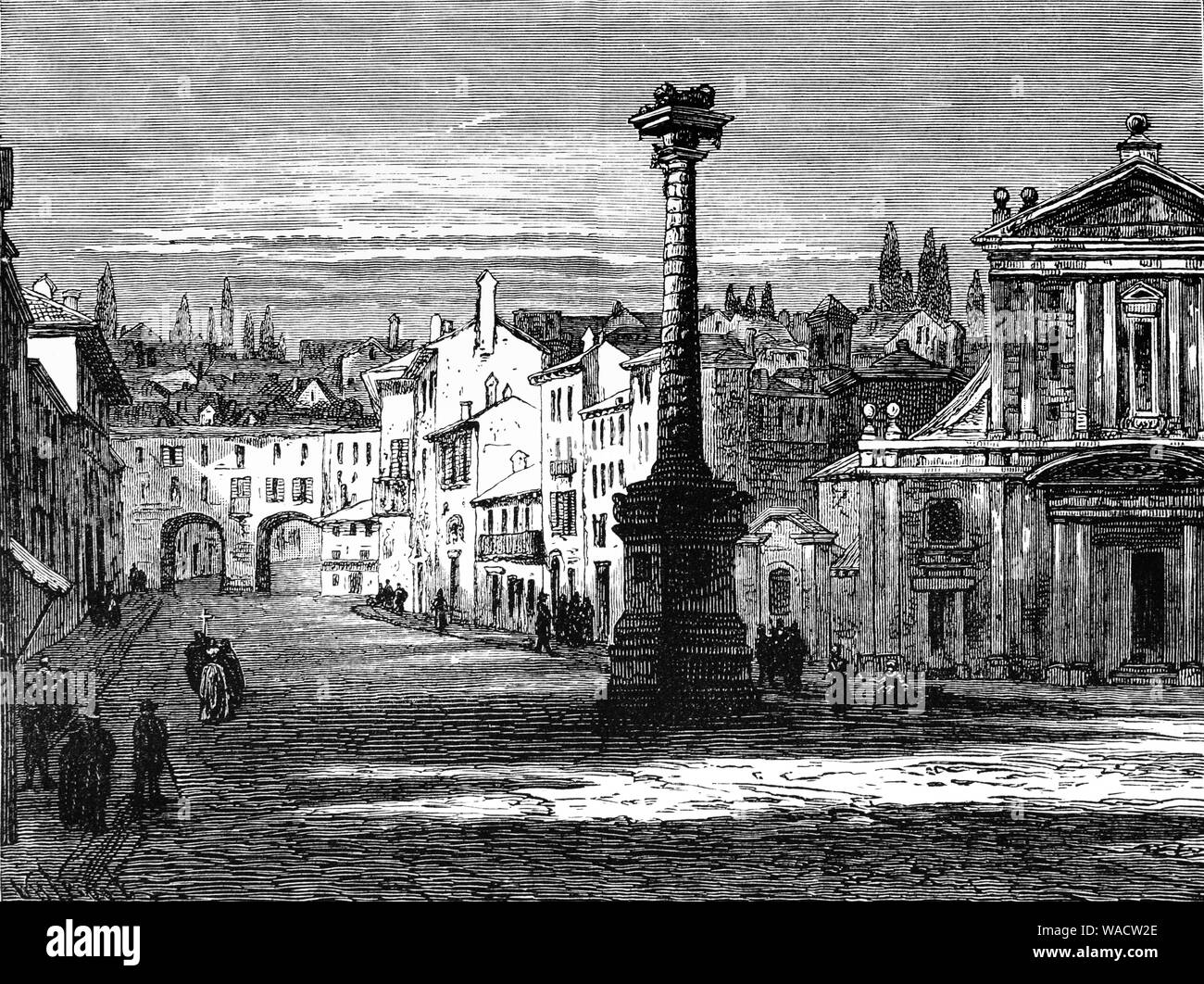

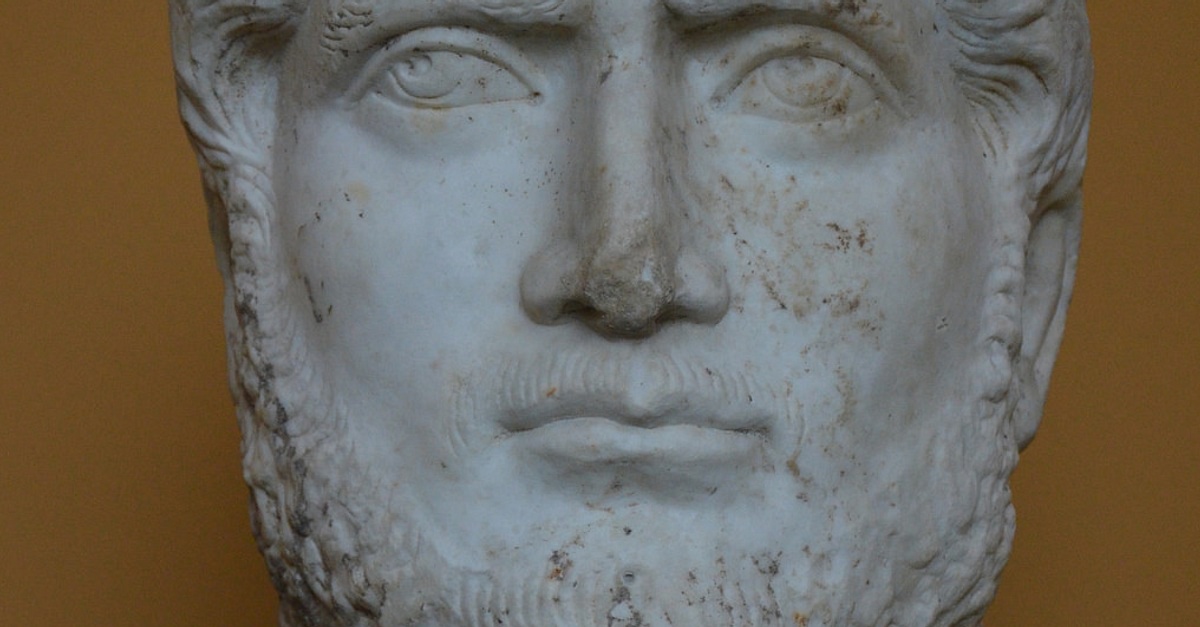
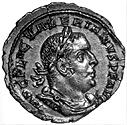




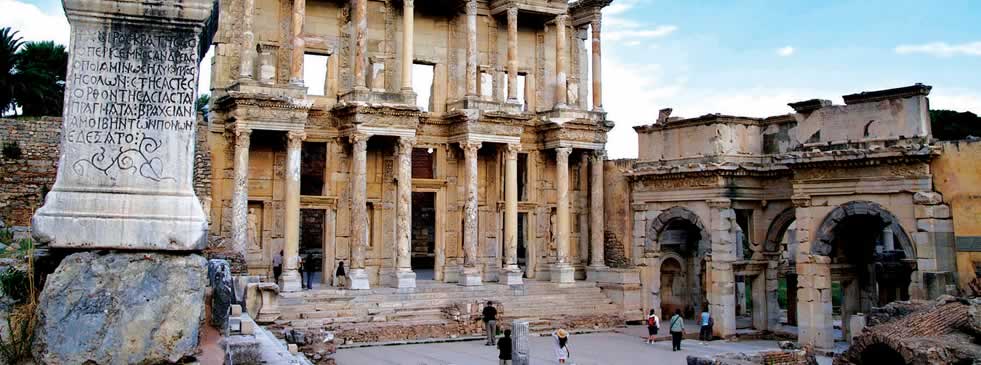


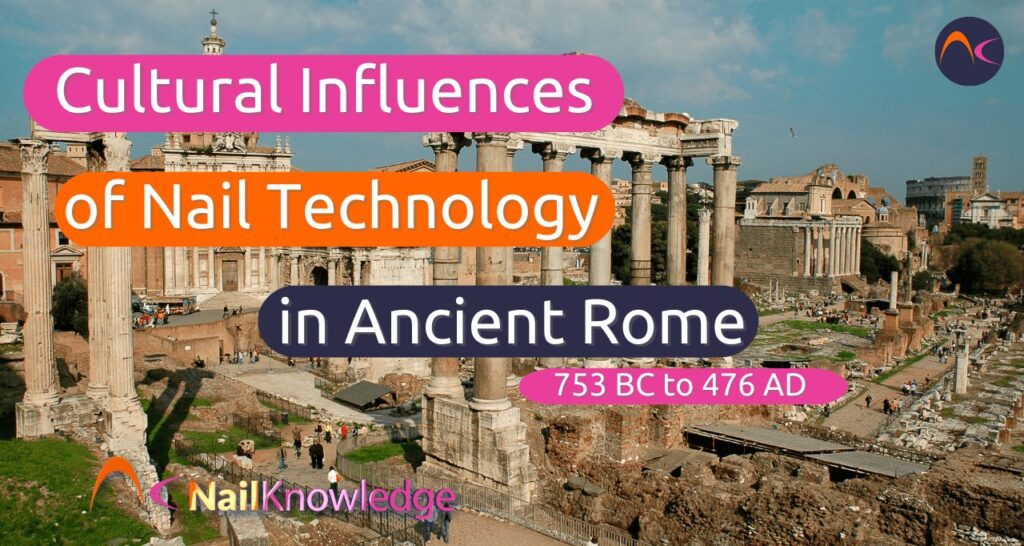




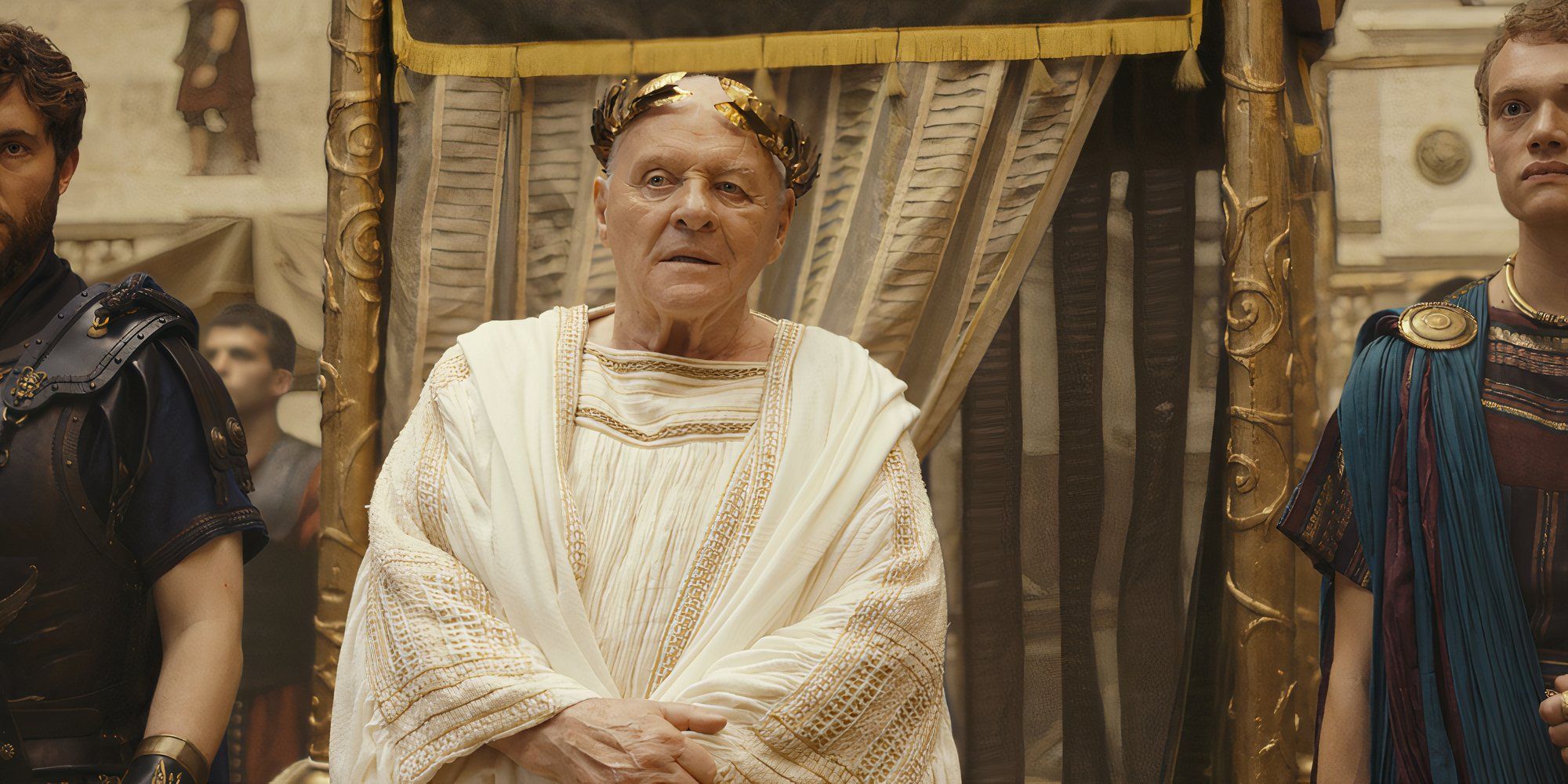
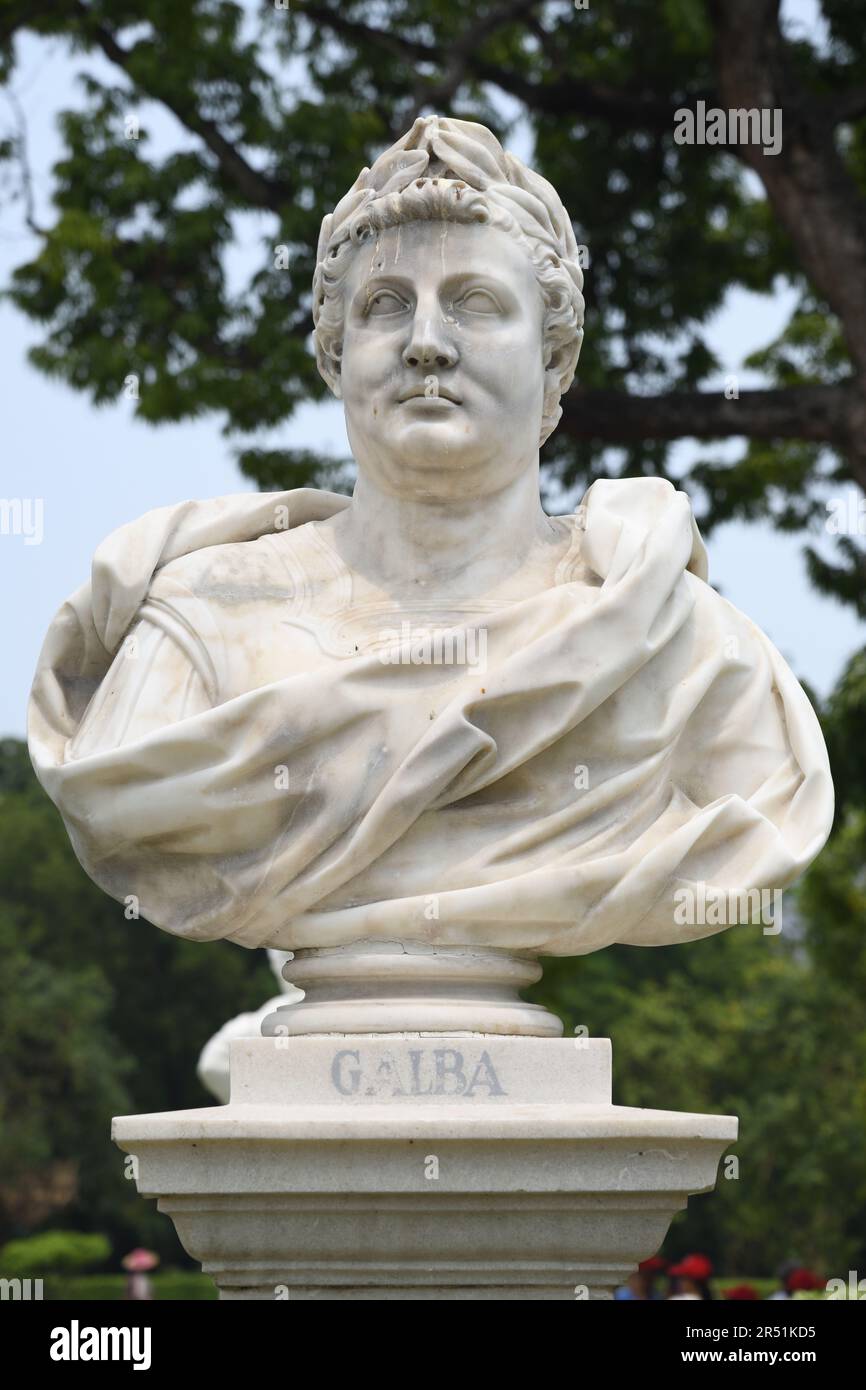

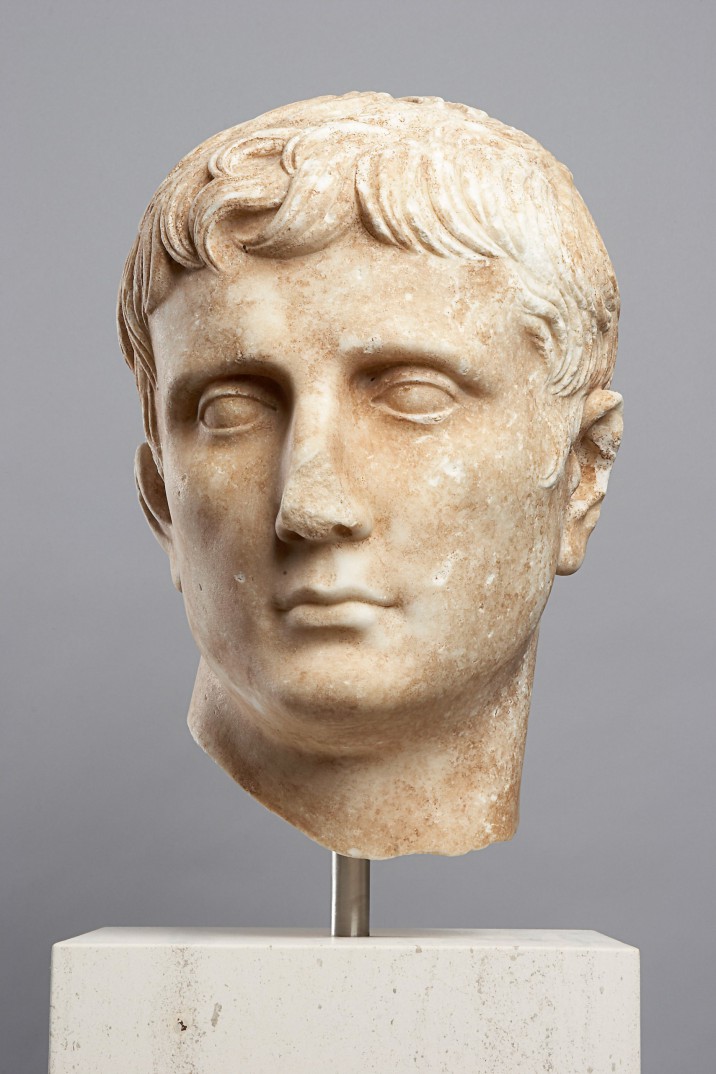
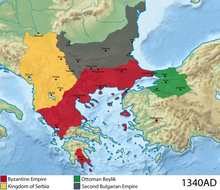



:focal(1134x648:1135x649)/https://tf-cmsv2-smithsonianmag-media.s3.amazonaws.com/filer_public/49/26/4926c5f7-b1c9-4b5c-842c-cfe6cdb13a1d/panoramica_1.jpg)
Comments